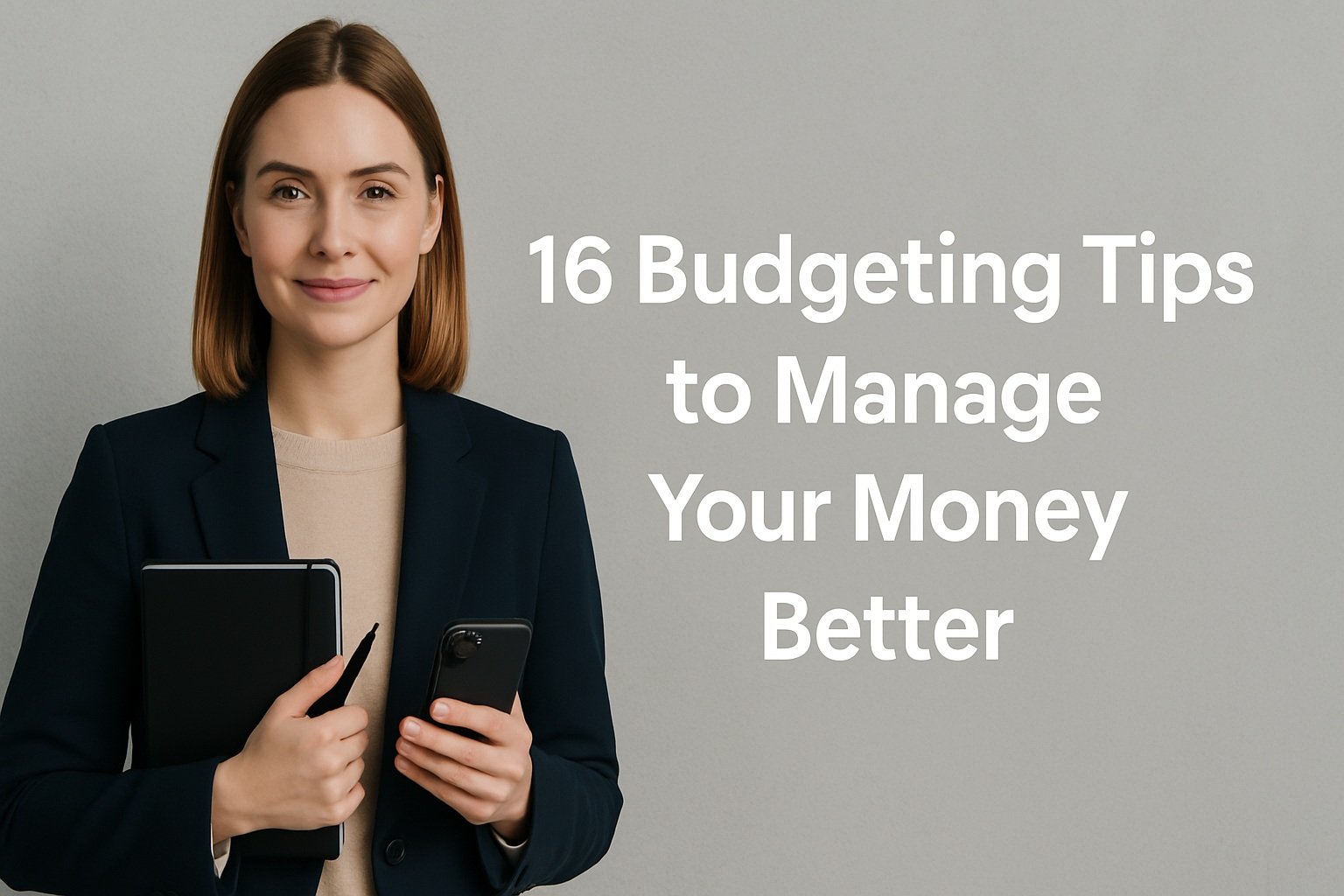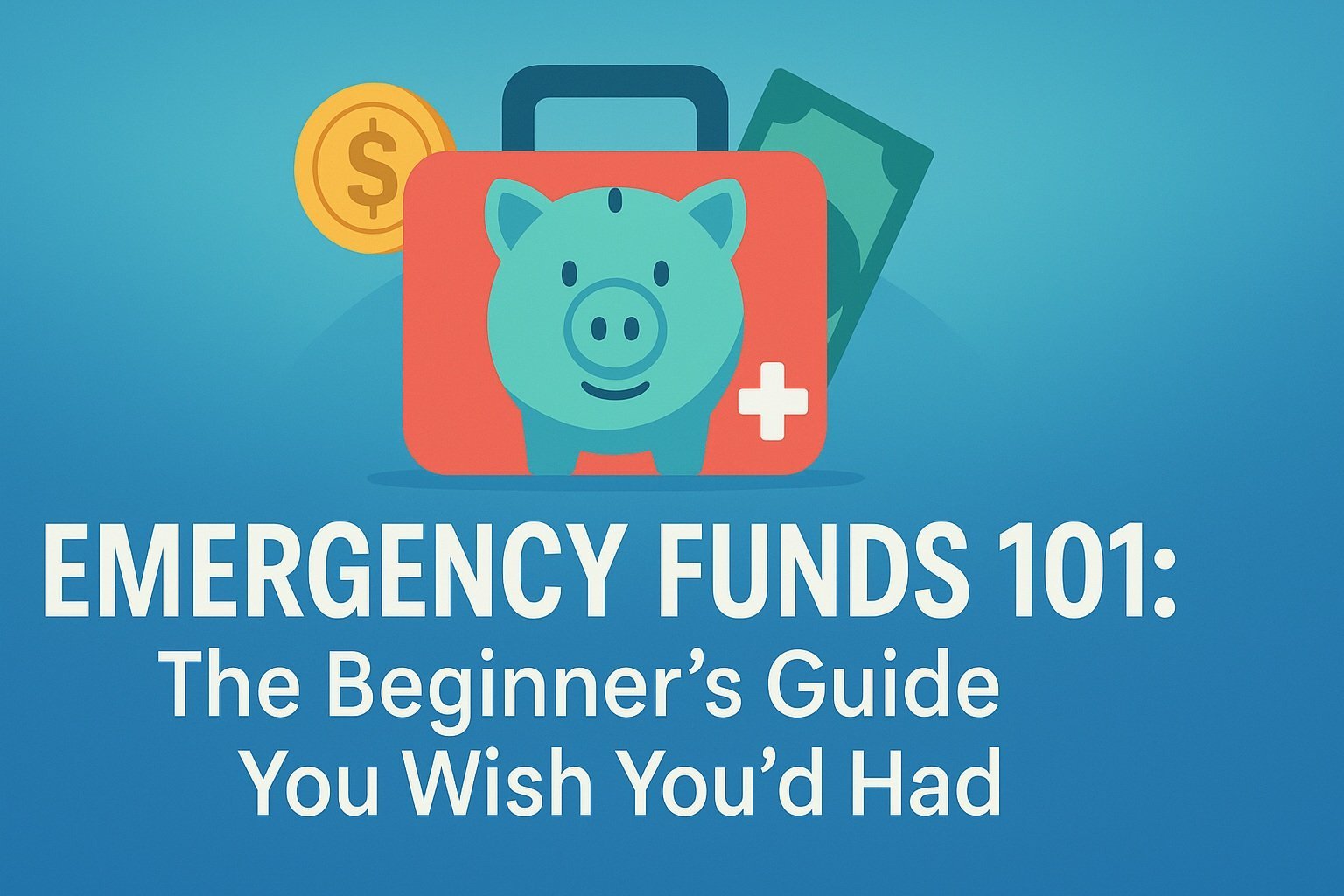
Emergency Funds 101: The Beginner’s Guide You Wish You’d Had
“Emergency funds” is a simple phrase, yet it can change every part of your financial life. An emergency fund is a pile of easy‑to‑reach cash set aside only for real “uh‑oh” moments like a blown transmission, a trip to the ER, or a sudden layoff. Most people have heard the rule of thumb—save three to six months of expenses—but never get clear instructions on how to pull that off while paying rent, tackling debt, and trying to enjoy life. This beginner‑friendly guide removes the mystery. You will finish knowing how much you should save, where to park the money so it stays safe and earns something, and a step‑by‑step game plan that fits any income. Bookmark it, share it, and refer back every time you need to top up your own emergency funds.
Why an Emergency Fund Matters
Debt is expensive, stress is toxic, and life is full of surprises. Your emergency funds solve all three problems at once:
-
Break the debt cycle
High‑interest credit cards and payday loans fill the gap when cash is short. Emergency funds let you pay the bill in full, then refill the fund on your own schedule. -
Protect long‑term goals
Raiding retirement accounts or pausing stock contributions to cover shots in the dark derails compounding. With an emergency fund, you keep the market money where it belongs. -
Sleep better at night
Surveys show money worries top the list of stressors. Knowing your emergency funds exist—and exactly where they sit—lowers anxiety and lets you focus on the rest of life. -
Increase opportunity
Cash on hand turns problems into options. A layoff can become a career pivot instead of a scramble. A sudden move can be strategic rather than frantic.
In short, emergency funds form the foundation of a financial house. Without them, every gust of bad luck rattles the walls.
How Much Should You Save?
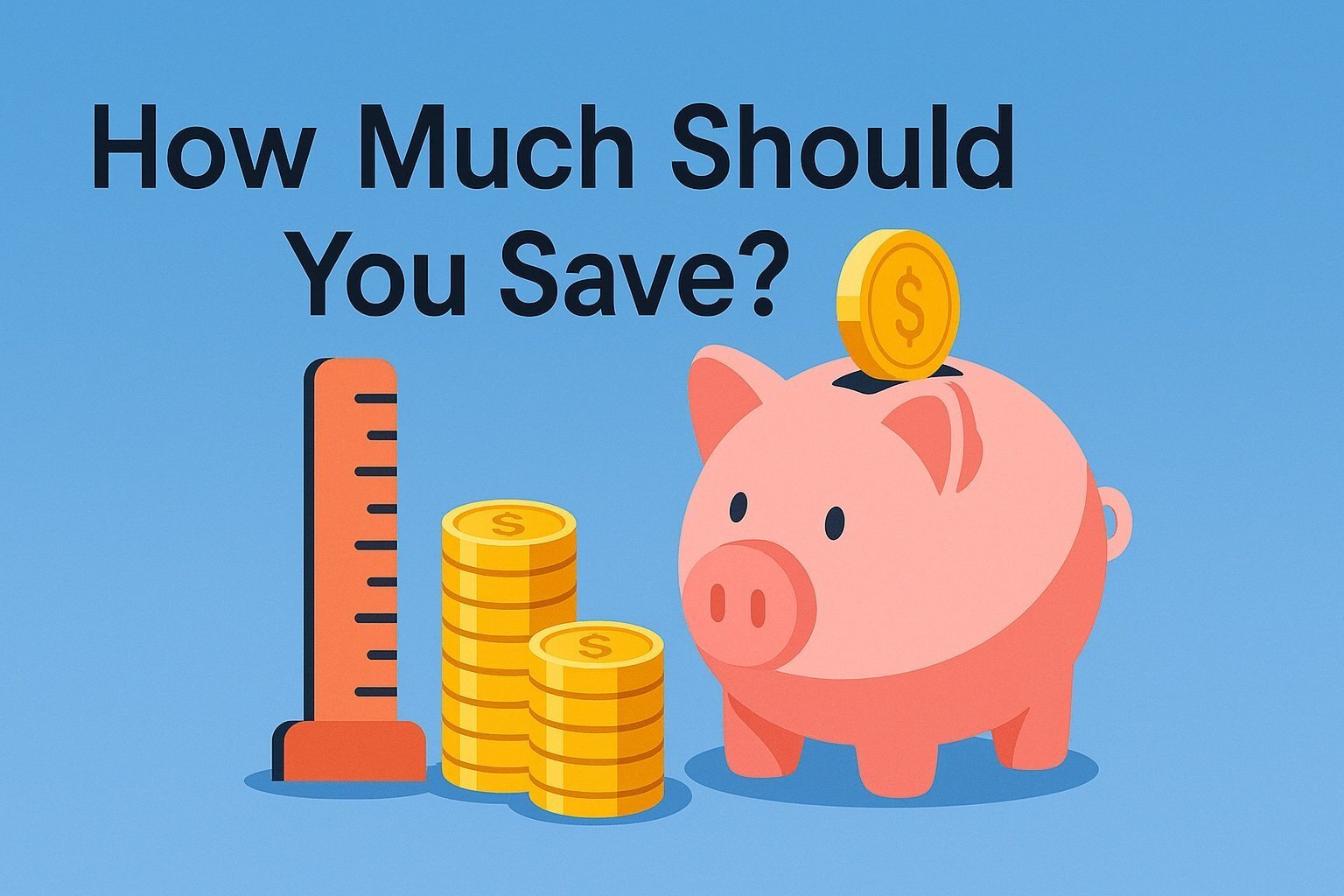
The classic 3‑6‑month rule & why it still works
The traditional advice is to stash away three to six months of “must‑pay” expenses—housing, food, utilities, insurance, transportation, and minimum debt payments. The range accounts for
-
Income stability: salaried workers with strong job security can lean toward three months; freelancers with irregular checks should lean closer to six.
-
Household size: more mouths mean higher baseline costs and a bigger cushion.
-
Insurance coverage: solid health, disability, and property policies shrink certain risks, letting you choose the smaller end of the range.
While the world has changed, the math behind emergency funds has not: multiply monthly essentials by 3–6, and you have a target that covers most shocks.
Adjusting the target
One‑size rules rarely fit perfectly. Fine-tune your emergency fund goal with four levers:
-
Job market volatility—careers in boom‑bust industries (tech startups, oil) warrant more months.
-
Dependents and special needs—Children, elderly parents, or chronic conditions increase surprise costs.
-
Dual incomes—two solid checks—can support a slightly smaller joint fund.
-
Side income resilience—A proven freelance or gig stream effectively lowers the number of months you must save.
Write down each factor, assign a “plus” or “minus” feeling, then shift the 3‑6‑month rule up or down until it feels realistic.
Starter goals that feel doable (e.g., first $500 or one check)
Staring at a $15 000 figure can freeze you in your tracks. The secret is to chunk the mission. Many beginners aim for a quick $500—enough to handle a flat tire, co‑pay, or vet visit. Others prefer “one pay cheque,” which automatically scales to income. Hitting an easy milestone gives you evidence that emergency funds are within reach, and evidence fuels momentum.
Table 1. Suggested Starter Fund Based on Income Frequency
| Pay Schedule | Net Pay Size | Starter Emergency Funds Goal | Time Frame |
|---|---|---|---|
| Weekly | $400–$700 | $400 | 8–12 weeks |
| Biweekly | $1 000–$2 000 | One check | 6–10 weeks |
| Monthly | $2 500–$5 000 | $1 000 | 4–8 weeks |
Caption: Small, time‑boxed goals keep motivation high while you build full‑size emergency funds.
Where to Keep the Money
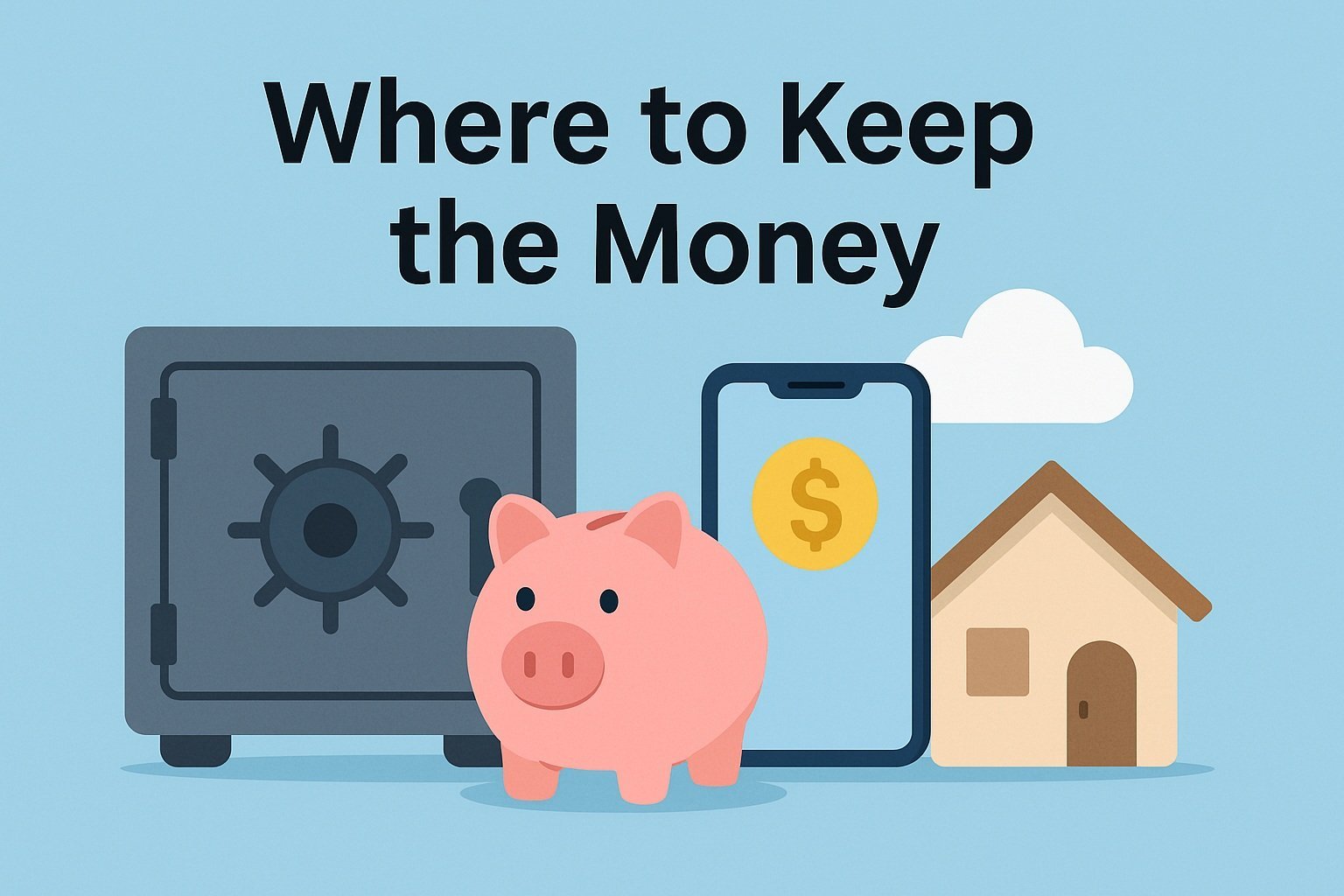
High-yield online savings (liquidity + FDIC/FSCS protection)
Online banks pay higher rates because they skip branches. Look for accounts insured by the FDIC (US) or FSCS (UK), no monthly fees, and same‑day or next‑day transfers. The balance stays liquid and separate from everyday spending—perfect for emergency funds.
Money‑market accounts vs. traditional savings
Money‑market accounts (MMAs) often pay a tad more and may offer check‑writing or debit access. Traditional savings at big banks pay less but link seamlessly to checking. If temptation is your weakness, parking emergency funds in an MMA without an ATM card adds friction, which helps.
Short‑term CDs for partial balances
Some savers ladder certificates of deposit (CDs) in three‑, six‑, and nine‑month terms. The goal is to squeeze extra yield from a portion of the emergency funds while still having regular savings for same‑day needs. Use a no‑penalty CD or keep the bulk of cash liquid.
Step‑by‑Step Strategy to Build Your Fund
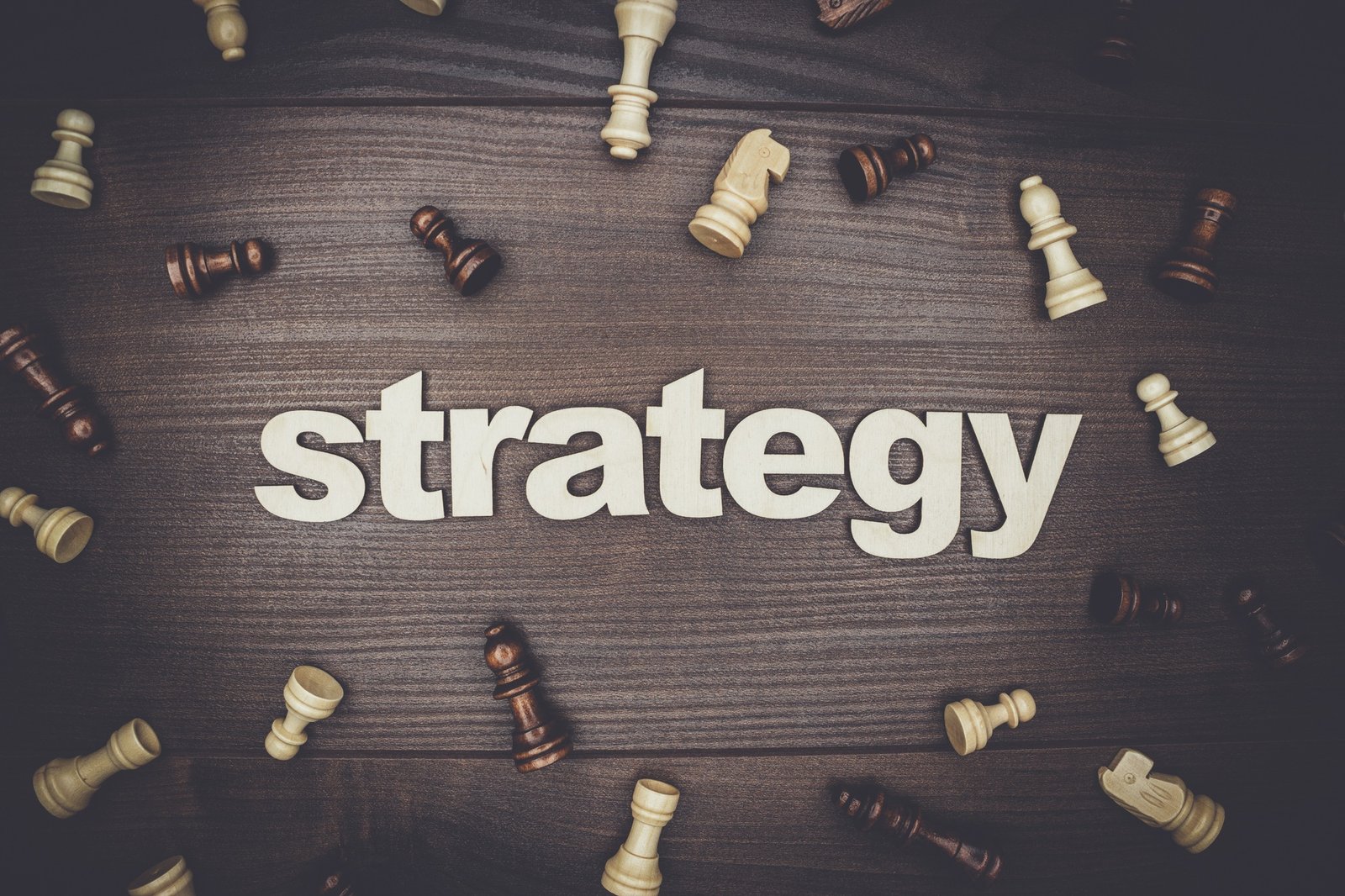
1 | Audit expenses & set a number
Pull the last three months of statements. Sort every outflow into essentials and nice‑to‑haves. Average the essentials. Multiply by the months you chose earlier. That is the magic number for your emergency funds.
2 | Automate transfers each payday
Automation removes willpower from the equation. Schedule a recurring transfer—say, 10 % of net income—into the dedicated Emergency Funds account on the same day your pay hits. Out of sight equals out of mind.
3 | Free up cash (trim subscriptions, negotiate bills)
Scan for underused apps, streaming services, gym memberships, and forgotten domain renewals. Call providers to lower insurance premiums and internet costs. Every liberated dollar fuels emergency fund growth.
4 | Boost income streams (gig work, selling clutter)
If cutting costs is tapped out, flip the equation. Drive rideshare two evenings a week, tutor online, walk dogs, or sell rarely worn clothes. Funnel 100 % of side income into emergency funds until the target is met.
5 | Use windfalls—tax refunds and bonuses—to leap ahead
Windfalls feel like free money, making them perfect for one‑time emergency fund boosts. Before lifestyle creep kicks in, route at least half of any refund, performance bonus, or cash gift straight into your safety net.
6 | Rules for tapping the fund & how to refill it fast after use
Write a use policy: medical, job loss, or urgent home or auto repair only. Ask a trusted friend to hold you accountable. When you do make a withdrawal, pause discretionary spending and channel all extra income back into emergency funds until they are whole again.
Common Pitfalls (and Fixes)
Mixing savings & checking → open a dedicated account
Money that mingles with everyday funds tends to vanish. Open a separate, nickname‑labeled account titled “Emergency Funds” so you always see the true balance.
“Set it and forget it” → review target annually for inflation and changes.
Prices rise and life evolves. Review your essential monthly costs each year. If rent or childcare jumps, recalculate and top up emergency funds accordingly.
Raiding the fund for wants → create a separate “planned spending” bucket
People drain emergency funds for vacations or upgrades because it is the only cash stash available. Solve this by keeping a second pot called “Planned Spending” for known upcoming costs like holidays or appliances.
FAQ
- How much money is enough for an emergency fund?
- Your personal sweet spot sits where surprise expenses no longer push you into debt. For most, this is three to six months of essentials. Independent contractors and retirees often aim for nine to twelve.
- Where should I park my emergency savings?
- A high‑yield savings or money‑market account that is insured and offers fast transfers strikes the best balance of safety, access, and modest growth.
- Is $1 000 enough as a starter emergency fund?
- $1 000 covers many everyday hiccups like a new tire or urgent dental visit. Think of it as Level One. Level Two is your full multi‑month cushion.
- Should I pay off debt or build an emergency fund first?
- Do both in phases: set aside a mini‑fund of $500–$1 000 while making minimum debt payments. After that buffer is secure, attack high‑interest balances aggressively.
- Can I invest my emergency fund in stocks or bonds?
- No. Market fluctuations could slash value right before you need the cash. Emergency funds belong in vehicles that preserve principal.
“Emergency funds” is a simple phrase, yet it can change every part of your financial life. An emergency fund is a pile of easy‑to‑reach cash set aside only for real “uh‑oh” moments like a blown transmission, a trip to the ER, or a sudden layoff. Most people have heard the rule of thumb—save three to six months of expenses—but never get clear instructions on how to pull that off while paying rent, tackling debt, and trying to enjoy life. This beginner‑friendly guide removes the mystery. You will finish knowing how much you should save, where to park the money so it stays safe and earns something, and a step‑by‑step game plan that fits any income. Bookmark it, share it, and refer back every time you need to top up your own emergency funds.




